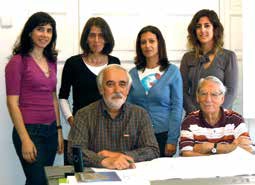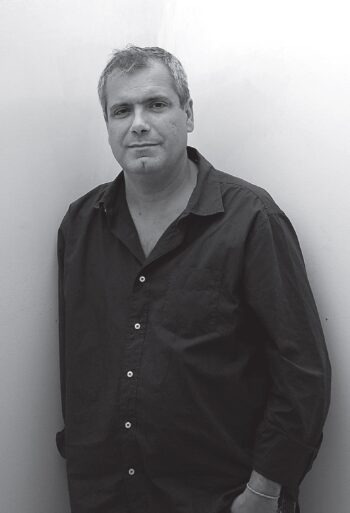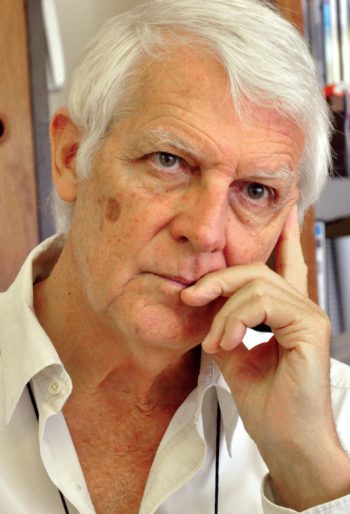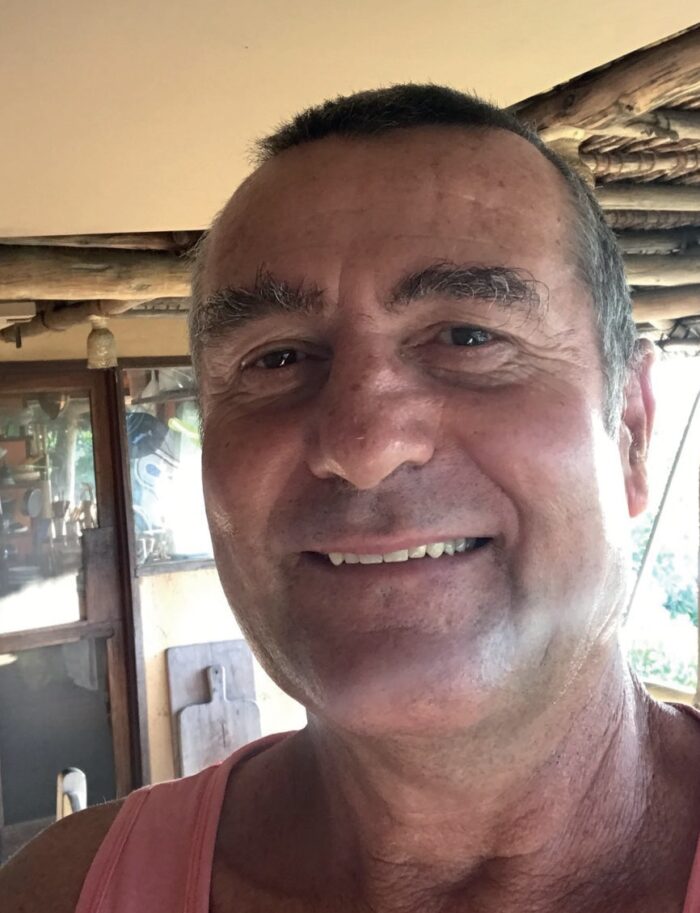A conversation with Arch. Matos Veloso and Arch. Gomes Ribeiro

A conversation with Arch. Matos Veloso and Arch. Gomes Ribeiro
'I lived in Africa for many years but I was not forced to emigrate. At this moment, it is in Mozambique that the possibility of exercising the activity is.’
Arch. Matos Veloso was part of the Organization of Modern Architects (1947 to 1952) that ended up giving voice to a generation that challenged the traditionalist architecture of the Estado Novo. How do you describe those times?
The Organization of Modern Architects (ODAM) was created in Oporto, where I am a native and had my training as an architect. It included a set of architects who were contestants of that architecture. We saw in it a very traditionalist reproduction, which did not express the architectural desires of that time. We were interested in responding to social problems. I can mention some names of the group, such as (Fernando) Távora, (João José) Tinoco, (Arménio) Losa, (Octávio Lixa) Filgueiras, Agostinho Ricca, Marques de Araújo or Fernandes Amorim… This coincided with a exhibition at the Ateneu Comercial do Porto, which was the start of ODAM. There were some conferences at that time, one of them entitled “How will we live tomorrow”. Arch. Delfim Fernandes Amorim, professor Carlos Ramos, from the School of Fine Arts of Oporto, and I, participated as speakers. In 1948, at the first National Architecture Congress, there was a large influx of ODAM architects. At the time, there was a movement in France led by architects like Le Corbusier, which came to greatly influence European architecture. At the same time, ICAT appeared in Lisbon.
How do you describe the social role of architecture?
Man, in his early days, used his imagination to create a primitive architecture to take refuge from the weather and animals, an imperative answer to needs. With the evolution of knowledge, architecture today is a technique and an art. But I argue that it continues to be based on the answer to social problems. In Africa, for example, cities are composed of a part that integrates the characteristics that a city must offer, such as sanitation and infrastructure, and another part that does not have it. There is a very big debacle here. Either we limit ourselves to responding in places where architecture is healthy or we think about how to respond to other types of problems. Maputo has an installed population in the order of two million inhabitants and another that surrounds the city also in the order of two other million. Our challenge is to think about how to respond to this problem.
The president of the Lisbon Architecture Triennale Association, architect José Mateus, referred that “to the radical dryness of the country’s investment in construction are added legislation that is out of step with reality, bureaucracy and the lack of a national strategy for architecture”. Do you agree?
I fully agree and add that the regulations that guide urban construction, namely the Regulamento Geral de Edificações Urbanas [General Regulation of Urban Buildings], should have been revised and adapted to today’s reality a long time ago. In fact, at the 1st Architecture Congress in 48, I presented a thesis entitled “The Urban Construction Regulations and their impact on modern solutions”.
And how do you describe the current situation?
It is the worst of all. I lived in Africa for many years but I was not forced to emigrate, it was because I had an invitation from a colleague to go to work in the Luanda City Council and I decided to accept it. I was in Portugal until 1957 and then I emigrated to Angola and then to Mozambique, where I was until 1977. I never went through a situation similar to the one we currently live in. Today, those who emigrate do it out of necessity.
Has Mozambique been an escape?
Yes, I was marked by Africa, by the years I lived there, and I am mainly connected to Mozambique by several works that I did there, several of them with BETAR, because I have been working with BETAR for a long time. Besides, one of the founders of BETAR, eng. Veiga de Oliveira, when I was an architecture student, was an engineering student in Oporto. At this moment, we have no other solution than to invest in projects in Mozambique, it is there that the possibility of exercising the activity is. AMVLAB, the company I currently hold with my partner, architect A. Gomes Ribeiro, has developed many works in Mozambique, of which I would like to highlight the new headquarters building for the Ministry of Agriculture. The building that still exists there was born in the 60s, by the hands of the architect João José Tinoco. At the time, I was in Mozambique and had a small participation in the project. In 1997, the central block of the building burned and arch. Tinoco was invited to recover it, but in the impossibility of doing the project, they came to me. At that time, already with the architect Gomes Ribeiro, after studying the various hypotheses, it was decided to make a new building, with the collaboration of BETAR.
How did AMVLAB appear and what projects have you developed?
Arch. Gomes Ribeiro – AMVLAB appear after following a contact to make a partnership with Consulmar in the remodeling project of São Tomé and Príncipe airport. We started by making the Master Plan for the airport and then did Preliminary Studies for the terminal, the cargo terminal, the remodeling of the existing control tower, the hangar, the fire department building and the access roads. After that, we were asked to do the Project for the Ministry of Agriculture of Mozambique. We have also given technical advice to some airports in Mozambique, we made the project for the fire station and control tower of Évora aerodrome, the airport and control tower for the Pico [Azores] airport, the fire station of Graciosa [Azores] airport, we did a study for the flight crew training center in Nigeria, which is waiting for the situation in the country to recover, and we handed over the master plan for Chitima airport in Mozambique, so that, after approval by the Cahora Bassa Hydroelectric, we can start the projects for the rehabilitation and extension of the runway, Airport, Cargo Terminal, Fire Department and Control Tower, as well as the new road accesses to the airport complex.
This interview is part of the Artes & Letras Magazine # 41, April 2013
Partially automatic translation from portuguese: some expressions may differ from their actual meaning.
News & Interviews
A conversation with Arch. Manuel Aires Mateus
‘The client doesn’t draw with us, but we draw with his ambition, translating his individuality, and that takes us away from the banality of the answer’ Read more
A conversation with Arch. José Forjaz
‘In Mozambique, architecture is for the rich and the models that serve them are imposed on the poor […] We are quantitatively more in need than at the outset’ Read more
A conversation with Arch. Yorick Houdayer
‘The children at Fortaleza beach called me "Amigo Manholiho", a friend who rewards. I kept this name until today, forcing myself to respect the moral contract embed in the name’ Read more




